Search the Special Collections and Archives Portal
Search Results
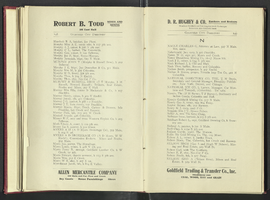
sod2021-076-078
Text
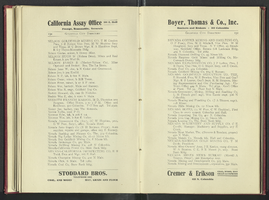
sod2021-076-079
Text

sod2021-076-080
Text
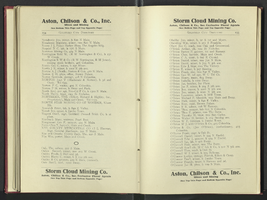
sod2021-076-081
Text

sod2021-076-082
Text
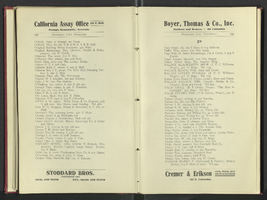
sod2021-076-083
Text
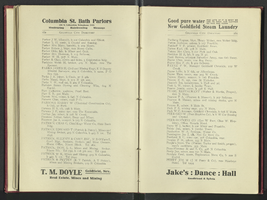
sod2021-076-084
Text
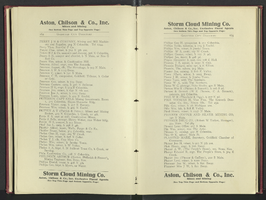
sod2021-076-085
Text
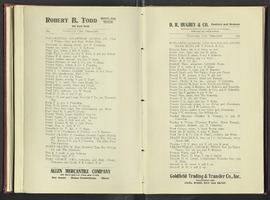
sod2021-076-086
Text
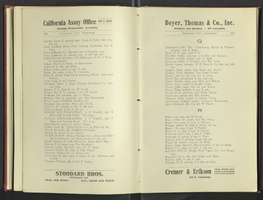
sod2021-076-087
Text
Pagination
Refine my results
Content Type
Creator or Contributor
Subject
Archival Collection
Digital Project
Resource Type
Year
Material Type
Place
Language
Records Classification
